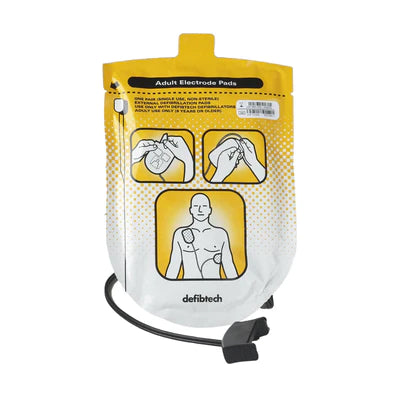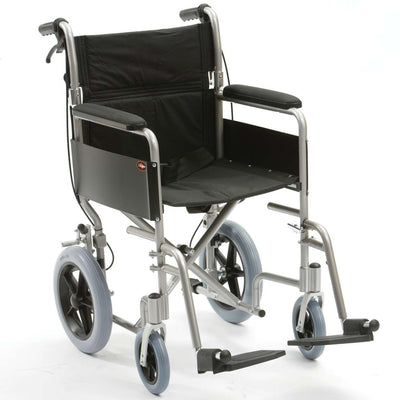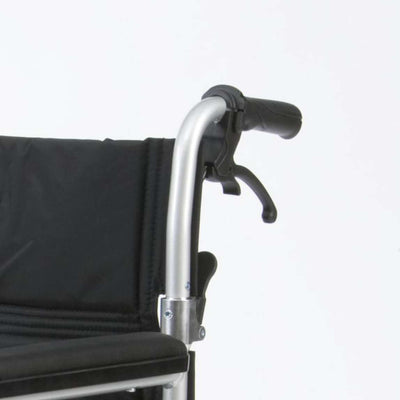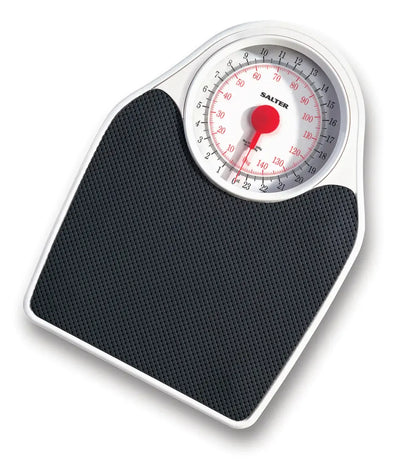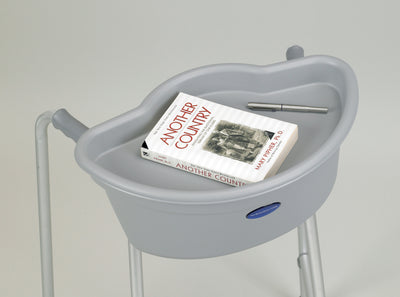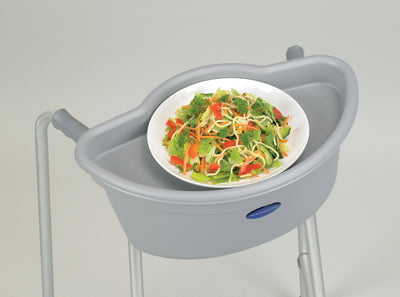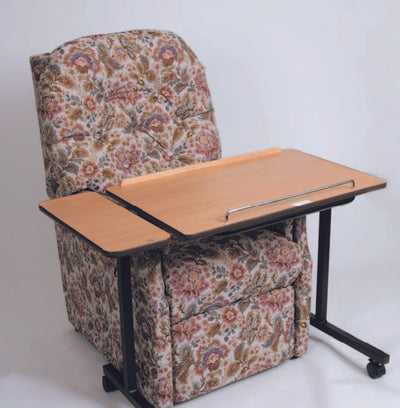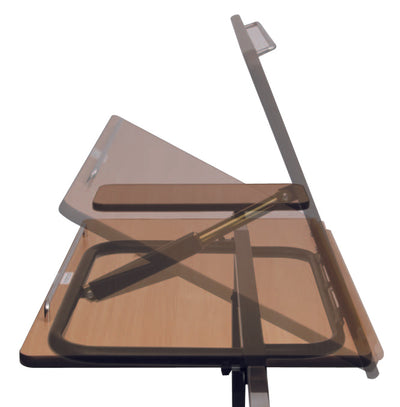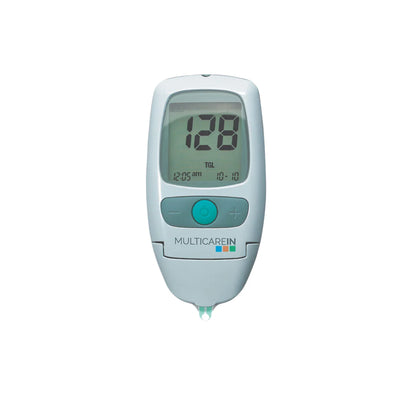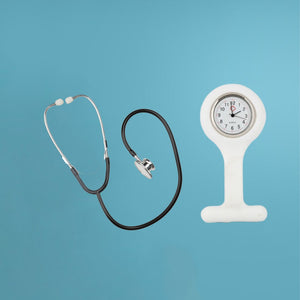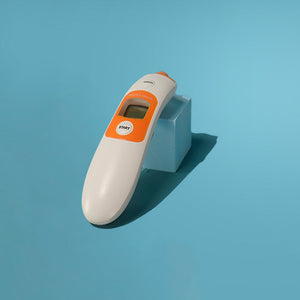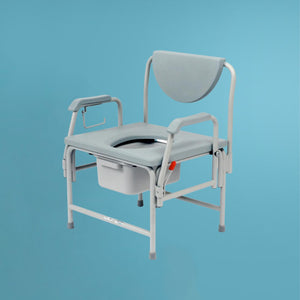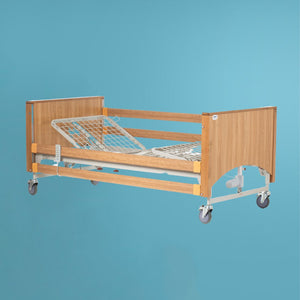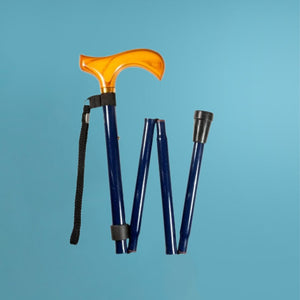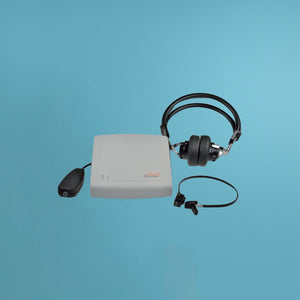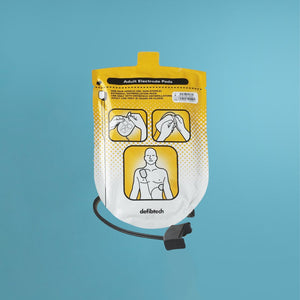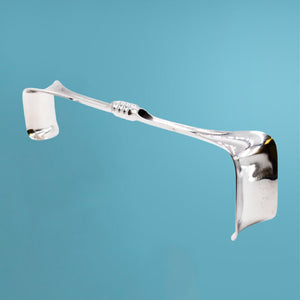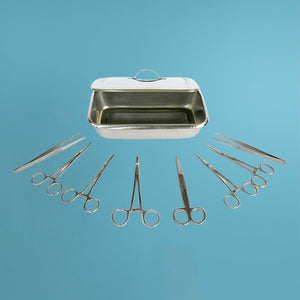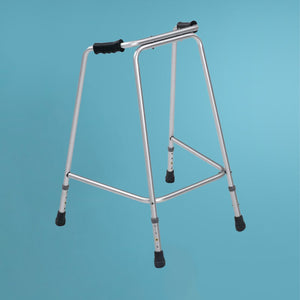You know the thing. Your job requires you to toil away in front of a computer screen all day, sitting for hours on end in the same position. Your back muscles are slowly starting to ache. Your shoulders are tight and your posture is shot to bits.
Office Syndrome is one of the biggest issues affecting desk workers in modern times. After 2 year of working from home, even more people have reported suffering from the effects of using a badly set up work zone.
The ongoing aches and pains associated with the condition affect each of us differently but thankfully there is an easy fix.
Read on to learn more about the condition and how you can prevent falling foul of it with some really easy steps:
1 in 3 people who work at a desk all day will develop a hump or curvature of the spine as a result of suffering from office syndrome.
For others, the effects of the repetitive motions of typing or mouse-use while sitting in an unhealthy posture position can be:
- Carpal Tunnel Syndrome - numbing, tingling or pain due to compressed nerves in the shoulders, arms and hands.
- Dyspepsia, indigestion or pain in the abdominal region
- Severe Postural Back Pain
- Tendinitis and inflammation of the joints in the arms and hands
Setting your workspace up inappropriately can, and often will, lead to at least some of the issues connected with office syndrome.
A chair or desk position that encourages you to hunch or slouch with rounded shoulders will cause small, subtle muscle contractions that will eventually lead to weakness in your core muscles and additional tension in other muscle groups around the body - particularly the shoulder, spine and neck.
The coronavirus pandemic has meant that flexible working has become the norm for many, who are now splitting their work time between home and the office.
So while it might be lovely to work from your kitchen table using your dining chair, or to enjoy hot-desking as part of your networking or business style, it’s never a good idea to assume that the position you’ve chosen for your working day is doing your back or your posture any favours.
Preventative Measures
Spotting the signs early that you might be suffering from office syndrome will help and you should look out for even small aches and pains in your back and abdomen, perhaps stiffness when you stand or even numb areas in your bottom and legs.
But even without experiencing any pain, it’s recommended that you take a moment to get your work station set up properly and to put some good back care practices in place as a positive, preventative measure. Think of it as an investment in your work and in your body. It might, genuinely, save you a considerable amount of money, time and pain.
- Make sure your chair allows you to sit up straight with your thighs parallel to the ground and your feet sitting flat on the floor. Your knees should bend at 90 degrees.
- The computer mouse and keyboard should be directly in front of you at a comfortable distance, with your arms supported on the desk.
- Remind yourself to regularly get up and walk around to encourage blood flow and decrease stiffness.
- Your chair should support your back and lumbar properly.
- We recommend using a back support as an accessory to your chair, to properly align your back and posture while sitting in almost any chair. The backfriend support is foldable and portable so you can use it at home, in the office or on the go while travelling in the car, train or bus.
Stop your office syndrome before it becomes chronic!!


